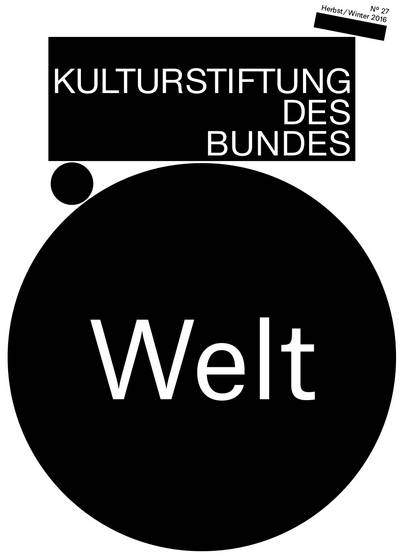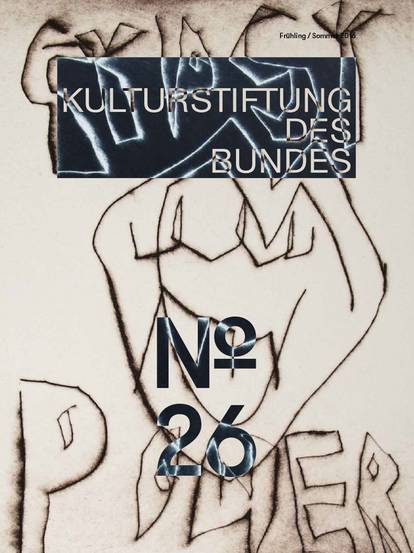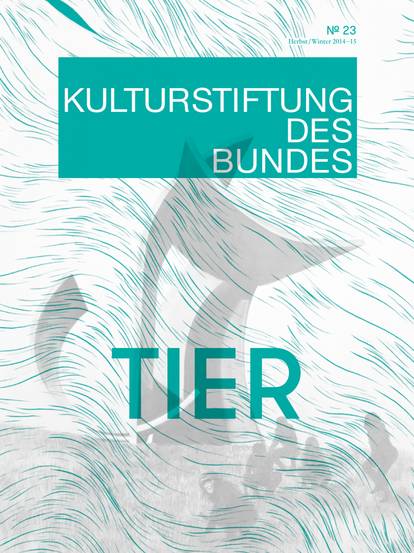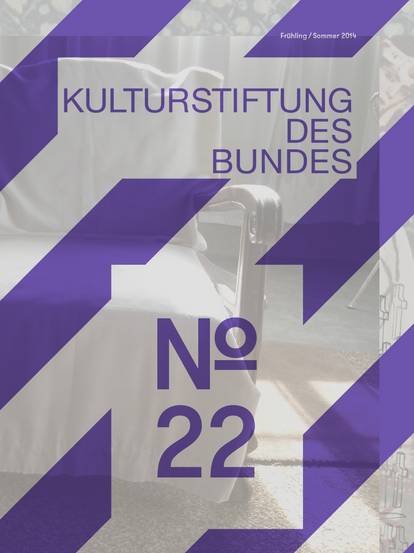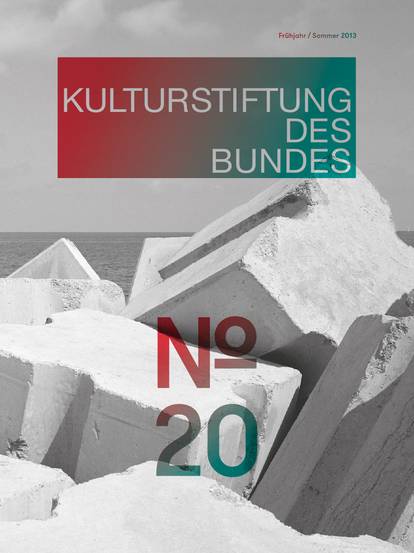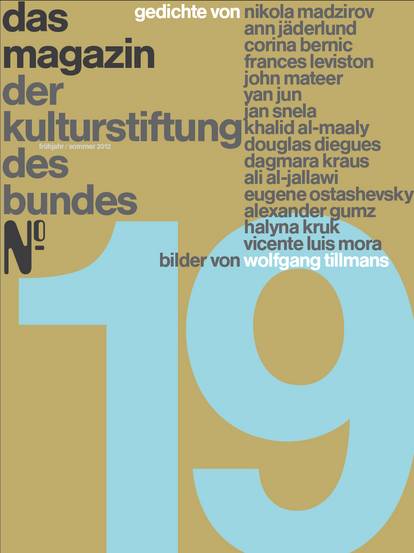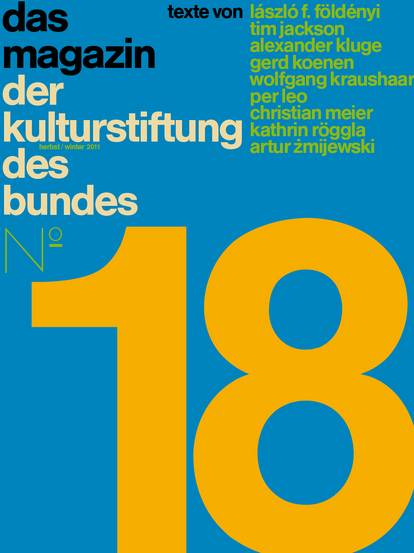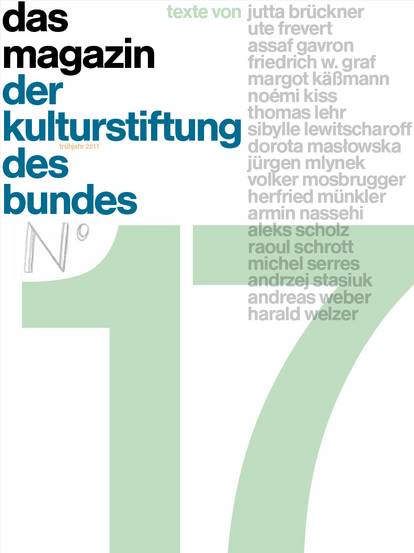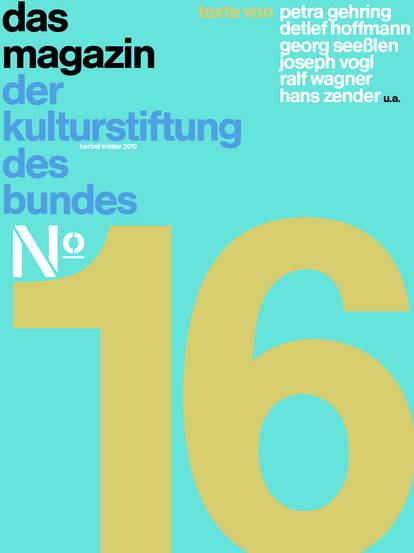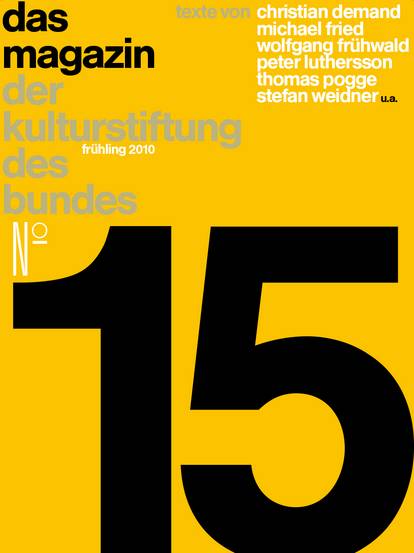What led you to more intensively explore the phenomena of ecstasy in your works?
I have been drawn to altered states in general from a very young age. At 6 or 7 years old, my friends and I used to hyperventilate and then choke ourselves until we passed out – coming back seconds later as if waking from a dream. I loved it. These early experiences segued into a lot of further exploration of my own as I grew up, from dancing and drugs to meditation and sensory deprivation. As I began making art more seriously, my attention shifted from my own experiences to those of others and this seemingly universal quest for some kind of transcendence. However people choose to go about searching for ecstasy, I am generally interested. I also became very interested in the scientific aspirations of mapping and explaining the phenomena. I find the grey area between the experience of altered states and their scientific quantification endlessly fascinating.
Ecstasy is a state that people either yearn for or fear because it’s associated with a loss of control. Is it possible to differentiate between ecstatic states, in that some people lose all sense of hearing and sight, while others experience heightened perception, that they hear and see more (or better) than in their normal state? Can you recognise this from one’s appearance?
Transcendental experiences are so personal and subjective and internalized that the visual outcome on one’s appearance can be completely misleading. I suppose that some kind of register could be made to chart between the type, or at least the extremity of an ecstatic state, but it would need to be very specific in the cause of the state to begin with and the many parameters that effect it. At this point it time it would still have to rely heavily on the subjectivity of one’s recollection of the experience itself - which would be totally unreliable - but probably a very fun project!
Do ecstatic states enable us to escape our social reality, or rather to “optimise” ourselves so that we can function better in that reality?
I believe that they have the potential to do both, absolutely.
Dance and music are genres which most commonly evoke and depict ecstatic states. What is the specific challenge for a fine artist in this regard?
For me, the challenge lies in creating something beyond a singular, representative position. I aim to push into the grey areas of the ecstatic, between the experience, its translation/depiction, the belief systems around it, and the scientific attempts at its quantification. This is why I end up working within a science fiction context a lot of the time. I feel that science fiction gives me a neutral platform from which I can collate all these disparate elements of my interest into some kind of autonomous, non-hierarchical whole.
Religious ecstasies are largely a thing of the past in the enlightened Western world. In other cultures, however, they play a larger role. What effects could this have on an increasingly globalised world?
Although organized religion and its rituals may be waning in the West, there is definitely a movement towards other ways of attaining ecstatic states – many incorporating elements of Eastern spirituality in combination with other various esoteric, physical or psychological methods. People seem to be searching out for their own conclusions these days, without the need of an overarching religious ethos. Perhaps at some point we will come to a more universal method – some alchemical combination of thousands of these different methods that leads us all to an absolute infinite total ecstatic transcendence.
Questions by Friederike Tappe-Hornbostel

![[Translate to English:] Magazine 38](/fileadmin/_processed_/f/1/csm_Magazin38_Cover-Vorschau_921x1230_689f428dc3.jpg)
![[Translate to English:] Magazine 37](/fileadmin/_processed_/b/c/csm_Mag37_Cover-Vorschau_921x1230_b5129fdb2a.jpg)
![[Translate to English:] Magazine 36](/fileadmin/_processed_/2/a/csm_Cover_Magazin36__issuu_2f3cef97bb.jpg)

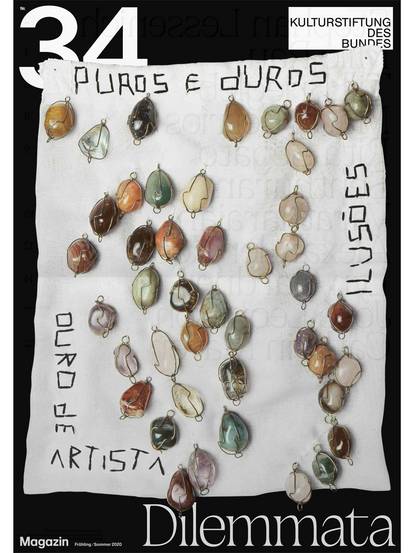
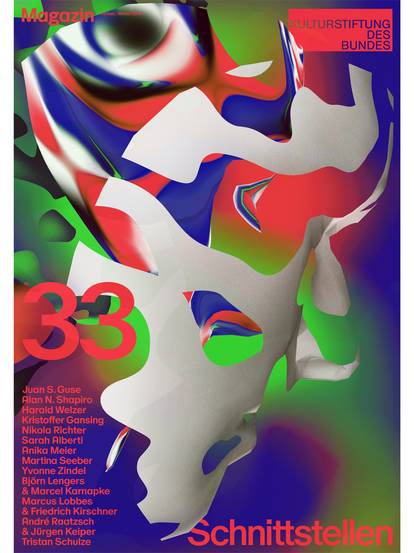
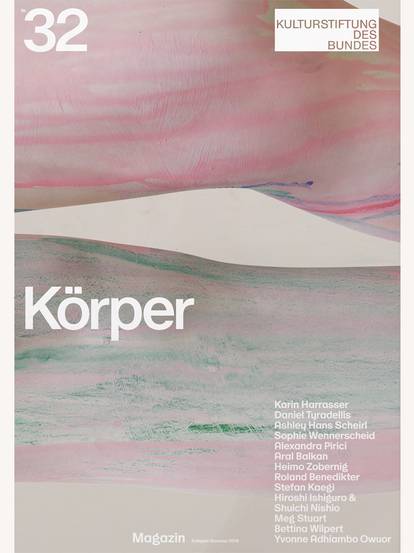
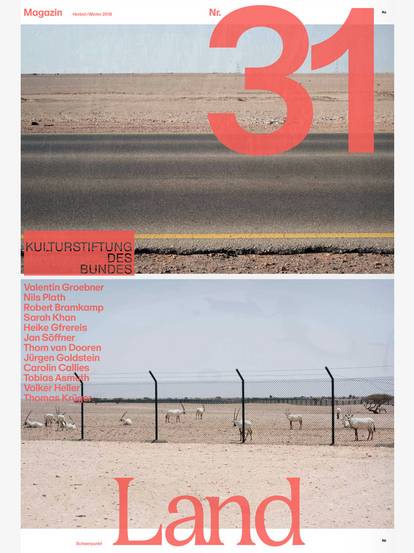
![[Translate to English:] Magazine 30](/fileadmin/_processed_/c/b/csm_magazin30_vorschau_9005f773d3.jpg)


